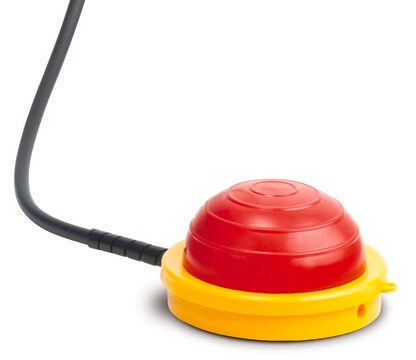CL10
CCS Viscosity Standard
ASTM D 5293 and SAE Specification J304
Synonym(s):
Cold-Cranking Simulator Viscosity Standard
About This Item
Recommended Products
grade
certified reference material
shelf life
limited shelf life, expiry date on the label
manufacturer/tradename
Paragon Scientific Ltd
application(s)
cleaning products
cosmetics
flavors and fragrances
food and beverages
personal care
format
mixture
Looking for similar products? Visit Product Comparison Guide
General description
signalword
Danger
hcodes
Hazard Classifications
Asp. Tox. 1
Storage Class
10 - Combustible liquids
wgk_germany
WGK 1
Choose from one of the most recent versions:
Certificates of Analysis (COA)
Don't see the Right Version?
If you require a particular version, you can look up a specific certificate by the Lot or Batch number.
Already Own This Product?
Find documentation for the products that you have recently purchased in the Document Library.
Our team of scientists has experience in all areas of research including Life Science, Material Science, Chemical Synthesis, Chromatography, Analytical and many others.
Contact Technical Service




